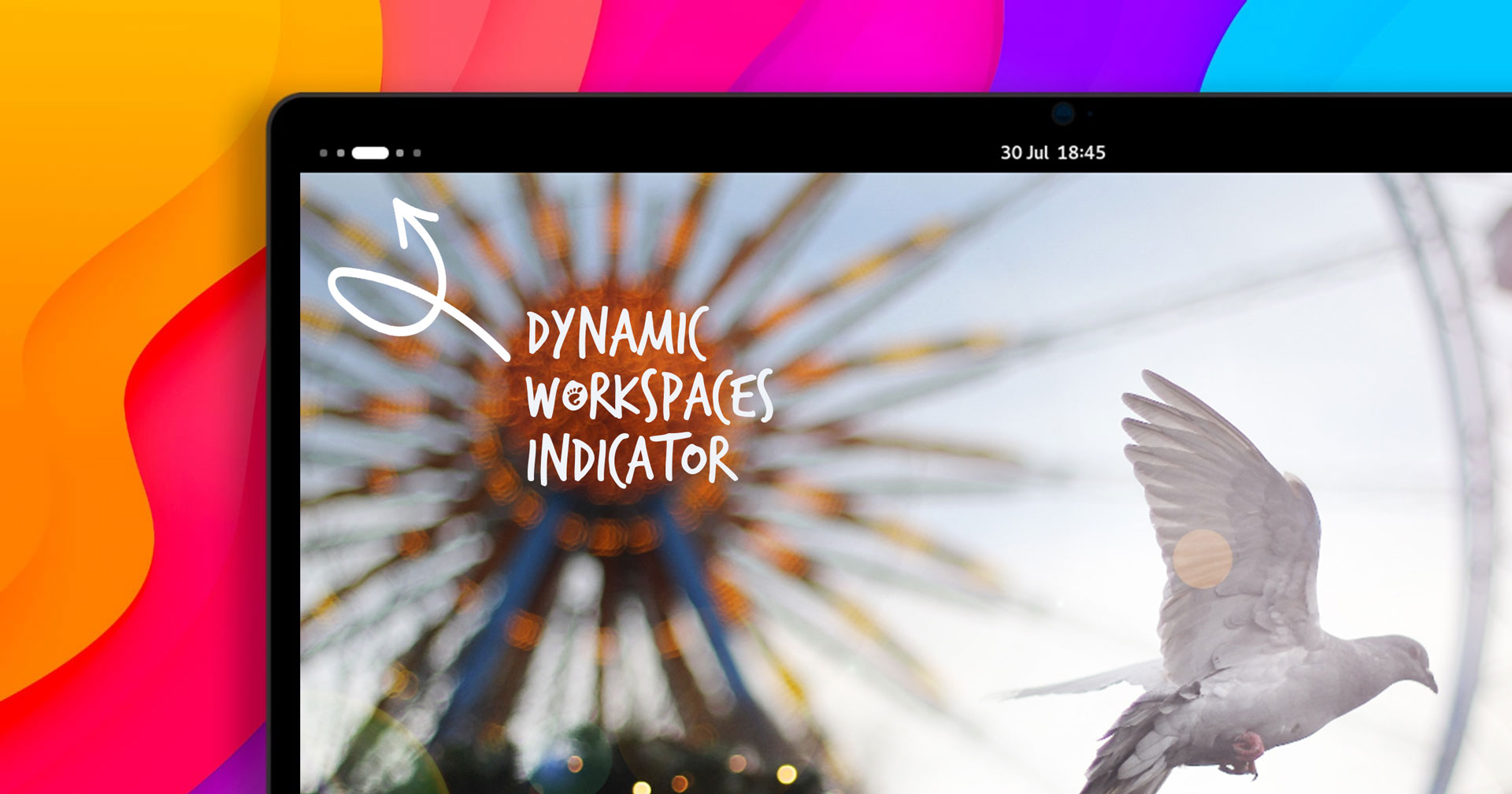- 1 Post
- 22 Comments
Okay, that sounds fine, but what about an apartment high rise? That’s a residential property, and there’s not a great way to have it all be rental property without being owned by a corporation of some kind.
Then not all of them have to be for rent. In my country at least you can buy individual apartments.
Also you could allow them to own the property they build, but once sold off, they or another corporation (or individual with too many properties, maybe the limit can be 3 or 4) cannot buy them again.
Obviously I’m not a lawyer and this was just a quick suggestion. I expect people more familiar with the law can word this better.
Yeah, I think many people thought you were talking about those electric scooters, which are, well pretty damn silent and good to make cities less car focused (like in the US). I mean things like this.
It’s fine as a concept, it allows you to live somewhere without making a commitment long-term.
But there needs to be more regulations in place, like maybe making it illegal for corporations to buy residential property and requiring by law that any new residential building must have the option to buy as well as rent, with regulations to ensure it’s a fair price.
Here’s the thing with Arch-based distros: they aren’t more stable than Arch, and Arch breaks. Fixing Arch is often possible, but requires Terminal skills. You mentioned you want Arch because of the AUR, why not try Distrobox? It’s a tool for integrating containers (and their apps) with the “base” system. With a few commands, create an Arch container, then just use your favourite AUR wrapper (like
yayorpacman) as you would on a regular Arch system and you may need to run `distrobox-export ’ in the container. Your apps will just show up like any other apps.
 creatorto
creatorto
Btw, they released it as an extension.
 creatorto
creatorto
GNOME has some quite strict design guidelines (a “vision”, if you will). And sticking to that a vision has enabled them to create a very polished DE (probably the most polished DE on Linux). What people get wrong is that GNOME wasn’t really made for desktops. It was made for mobile devices (laptops, tablets, and in the future phones). Using GNOME on a “proper” mobile device really makes sense. No, that doesn’t mean using a laptop connected to an external monitor all the time, or just using it at a desk all the time. It means using a laptop as a laptops, going out and about, using it without a mouse and using it with it’s internal display.


Yes, it’s definitely helpful to let OP know that there could be issues on Wayland. However, ideally, OP would be able to use Wayland without any issues, or with small issues which might be offset by the benefits of using Wayland (for OP). And especially because switching between the two is literally a click of a button, it’s helpful to just try it first, but, of course, be prepared for issues.